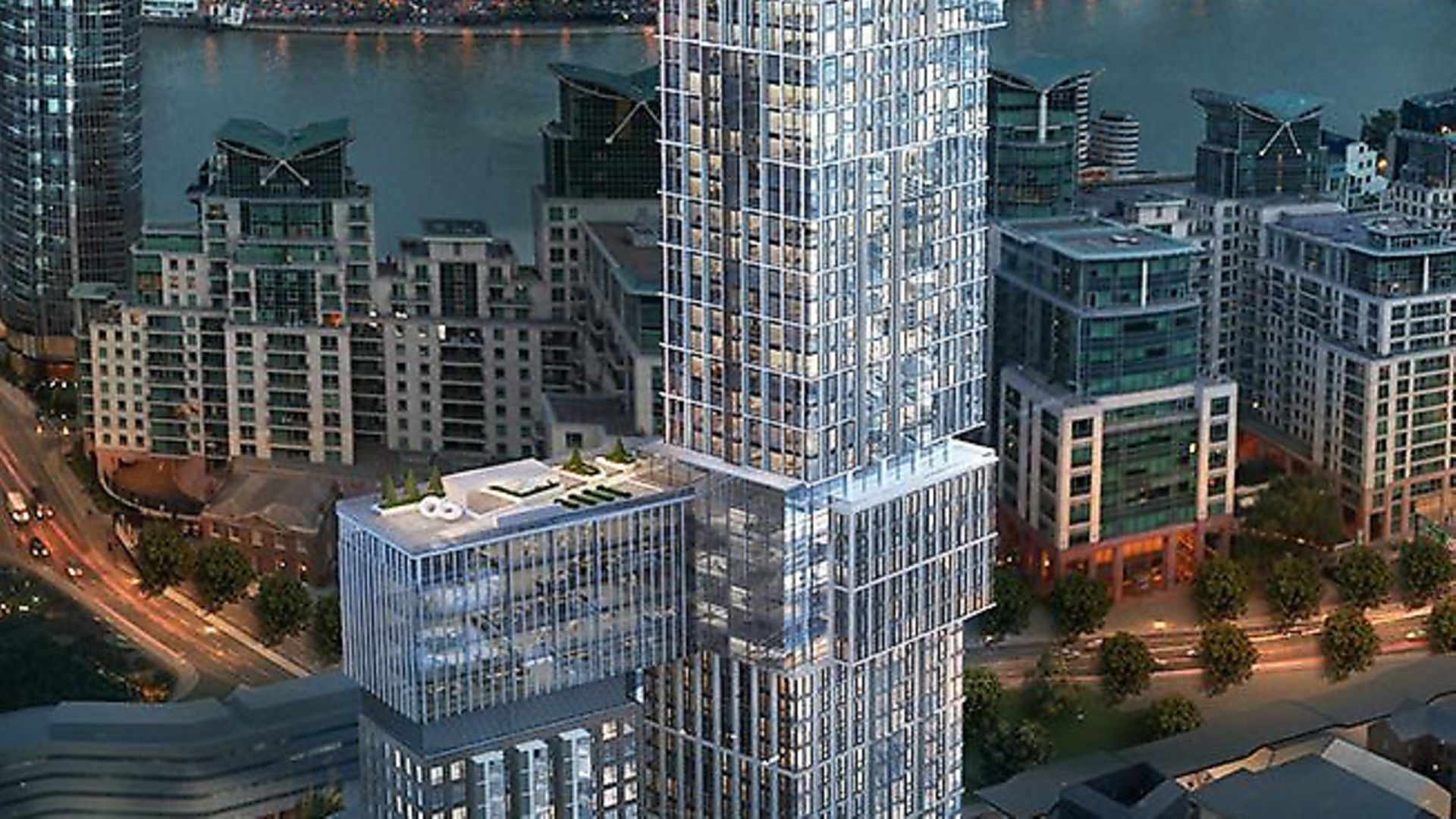
London is adorned with skycrapers, but WILL SELF asks whether their shiny vulgarity can survive the test of time
For some years now my principal point of orientation has been Renzo Piano’s Shard – the tallest building in Western Europe at 309 metres. As I walk around the environs of my home, in south London, I see the very tip of this acuminate building poking up above the brick-and-concrete horizon, its glassy curtain walls either mirroring the grey heavens, or coruscating with sunshine. At night, it’s illuminated – sometimes red, others blue; and on special occasions programmed sequences send luminous streaks down angled flanks. So, as if it were at once gnomon and needle, it allows me to locate myself in both space and time.
The so-called ‘skyscraper effect’ was hypothesised by the economist Andrew Lawrence in 1999 – it posits that the go-ahead for the construction of the next tallest structure in any given economy will precede a recession. This certainly applied to the Shard, which received planning permission in 2002, and had finance in place by 2008; but which had to wait until after the credit crunch to be topped out. And quite possibly it also applies to my new favourite point of orientation: the Damac Tower, currently under construction in Vauxhall. Granted, I may be somewhat elongating the effect to support my argument, given it’s only going to rise to a mere 170 metres – but then these are extraordinary times, in which statistical findings have become bizarrely warped.
Besides, the Damac Tower isn’t a harbinger of looming economic disaster solely by reason of its salience – there’s its ugliness to consider as well. Don’t get me wrong: I’m no Little Englander philistine, who doesn’t know much about architecture but knows that he only likes red brick, windows with diamond-patterned mullions and tiled roofs. No, I can appreciate Modernism as much as the next corporate makeweight – but in recent years, as Loos’s dictum that in the built environment ‘form should follow function’, has been replaced with the metric that form always follows finance, so our city-centres have become cluttered up with a lot of computer-designed megastructures with all the architectural merit of something your kid makes on Minecraft. (Actually, my resident teenager has built some extraordinary megastructures on Minecraft during quarantine, and if I could only have myself rendered in pixels, I’d probably move into one of his.)
The architectural critic Owen Hatherley has dubbed the new computer-generated architecture as ‘pseudomodernism’; a compound that mirrors these buildings’ ugly agglomeration of bits and pieces of classic Modernism. Another way of thinking about it is that pseudomodernism is to Modernism as postmodernism is to… well, every preceding era of architecture. With the Damac Tower it looks as if a bowdlerised version of a building by Mies van der Rohe has been jammed together with ones by Le Corbusier, Gropius, Goldfinger et al; or, rather, the point block has been covered with the facades of buildings that might have been designed by these masters, while a ‘bridge’ resembling another skyscraper lain on its side attaches this monstrosity to a second slab-form building. If you fancifully conceive of these as two rectilinear multi-storey steel-and-glass buttocks, then, if you position yourself at the right angle, you may see what may well be the world’s biggest arse crack.
Anyway, if the form weren’t bad enough, there’s the function to consider: a big stack of so-called ‘luxury’ flats and other high-end amenities, the Damac Tower’s interiors have been designed by Versace. Obviously not Gianni, who was gunned down in Florida long since – but at any rate by a team under the direction of his sister, Donatella, who looks to have had even more ‘work’ done on her than her team has done on the Tower. Yes, the prospective interiors – as revealed by a promo video on the Tower’s website – have all the shiny vulgarity of the worst imaginable cosmetic surgery. They are the interior design equivalent of a misplaced Botox injection: swelling up poufs and banquettes to a grotesque size, while thrusting beaten-metal lampshades and architraves into the necrotic concrete flesh of the building.
And yet more in common with cosmetic surgery, the Versace designs will, I wager, actually make the building date faster – which is to say, look older rather more quickly than its developers would wish. Indeed, the whole Versace shtick of interior bling already looks hopelessly dated as well as hopelessly naff. If the skyscraper effect is predicated on the tallest building receiving the go ahead just before the recession – then presumably the Damac Tower, as the most vulgar new build, must be the harbinger of a collapse in plutocratic pretension, followed by a return to much greater simplicity. Think… ooh, I dunno, yurts, or lean-tos, or log cabins. Or possibly that vernacular English domestic architecture I was seemingly so dismissive about before – because say what you will about slate roofs and redbrick walls, they do seem to have stood the test of time.










